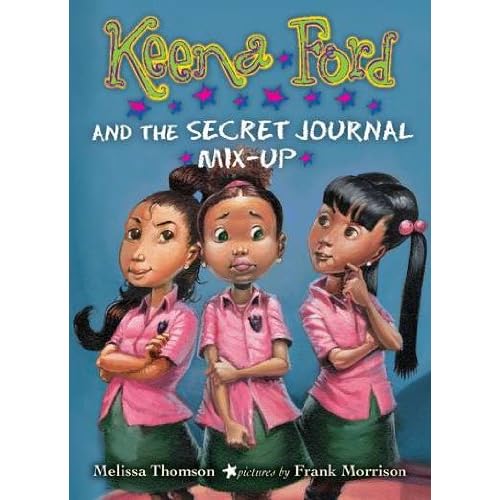So, starting tomorrow, I will join thousands of writers across the world, each on a personal quest to write 50,000 words over 30 days for National Novel Writing Month. That's nearly 1700 words per day!
I am taking this brief opportunity to notify my very small audience of followers that my blog entries will be sporadic at best over the next 30 days. I will attempt to post updates and observations on my experience with NaNoWriMo, as I believe they will be full of folly and fodder. I promise not to bore you, but to instead entertain you through small doses of my escapades in novel writing.
I just took a break from working on my book outline. My first step in that process was to create a "character arc." (see below)
 |
| For my freakishly observant followers, yes, this version of the character arc is backwards. I took the roller coaster pic using PhotoBooth on my MacBook Air. I know...I think it's cool, too! |
And this is my work space -- evidence of the organized chaos I've just welcomed into my world. Can you say glutton for punishment! To do what I do, this space and these tools are my bare essentials; though, their individual order of importance shifts depending on my mood--it's my prerogative.
1. MacBook Air laptop (my electronic love)
2. Journals (yes, multiples)
3. Greta Garbo writing instrument (a reminder to do all things with confidence)
4. Book In A Month guide (my crutch)
5. Writing Children's Books for Dummies (my guide)
6. COFFEE!! (my lifeline)
7. Snacks (see yogurt cup sandwiched between laptop and pens--no explanation necessary)
8. My ceramic baby doll with one lost shoe (my muse)
9. A large supply of post-it notes (say hello to my little friend)
10. Books, books, books, and more books (my inspiration)
11. My new Flip cam for the occasional video posting describing my NaNoWriMo experience. WARNING to potential viewers--it might not be pretty ;-).
I hope you'll stop by during the next month to check my pulse and my caffeine intake, or to just witness the wonder of writing for an aspiring author. And if you're curious about NaNoWriMo, find out more on the website at www.nanowrimo.org. Enjoy!
Always, Athena












